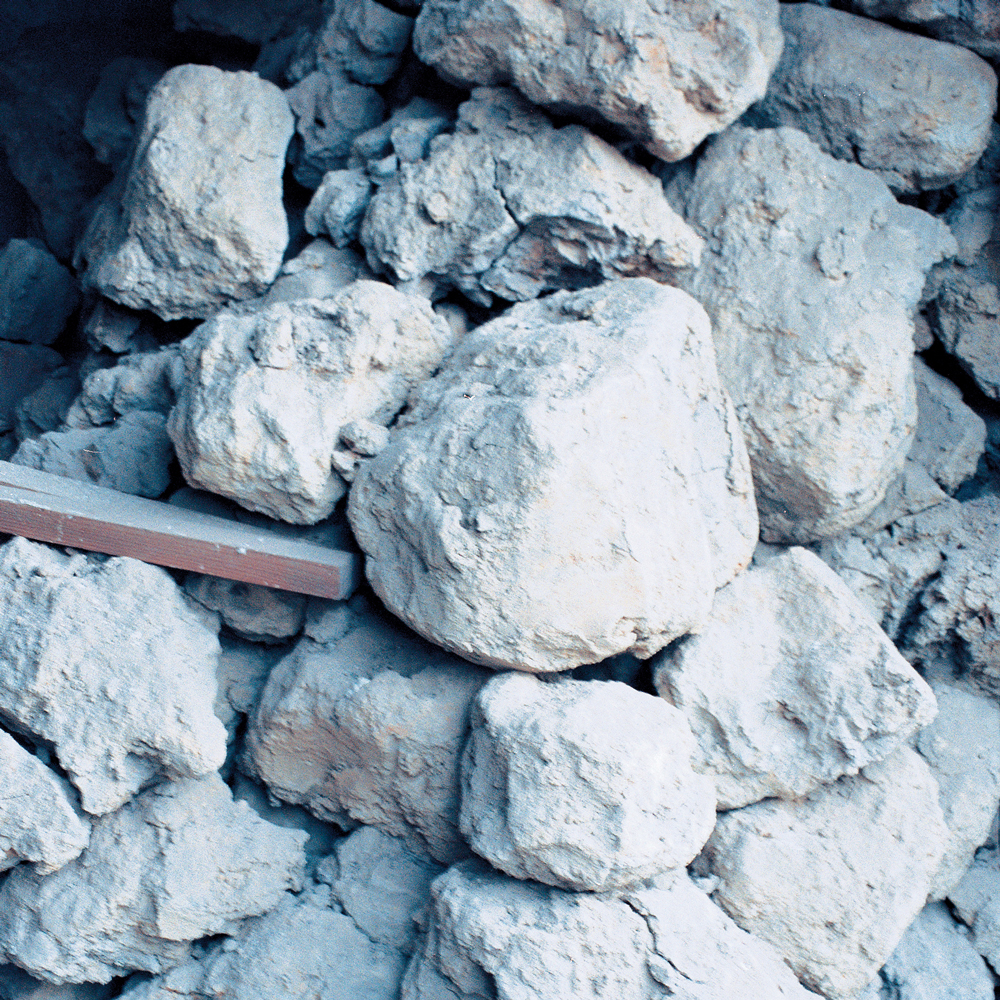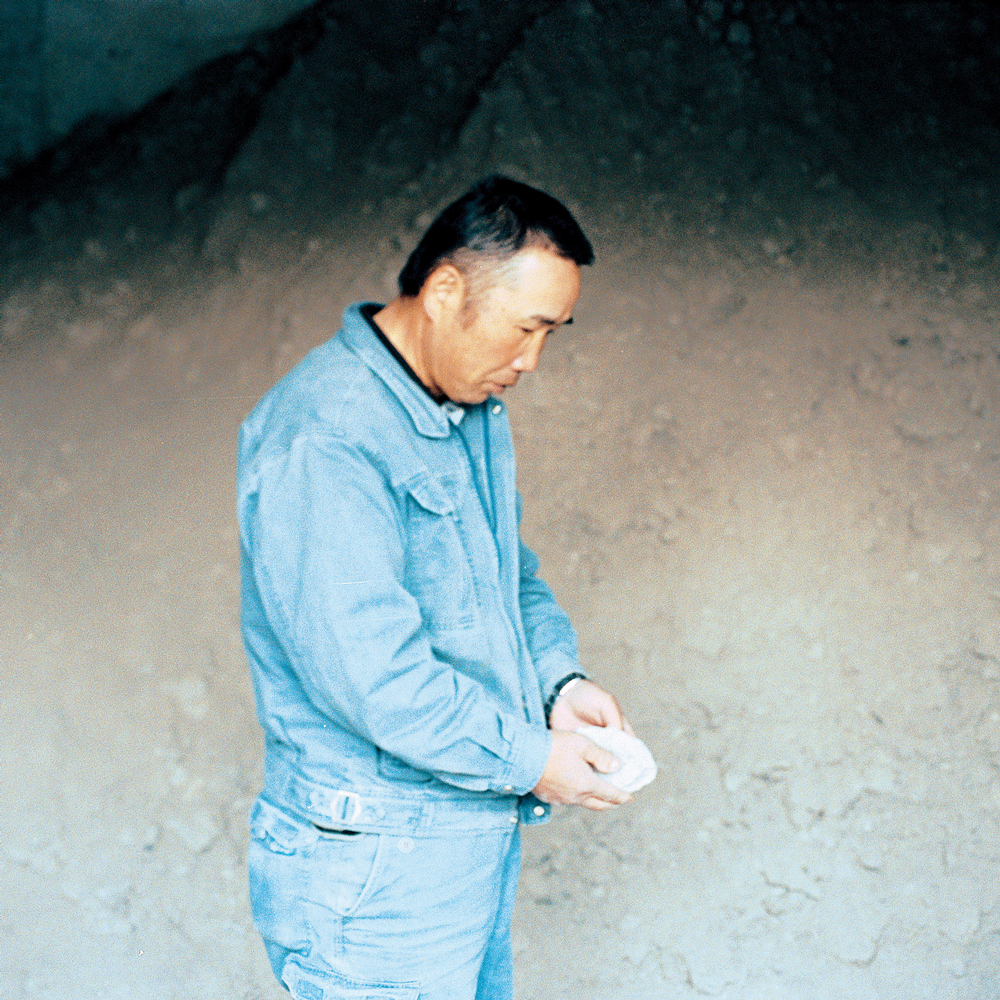Story 03 | Extracting old earth
A Bizen bowl you see today will not look so different from a Bizen bowl made a thousand years ago; it will be unglazed, rough and textured. It will be thick and if the clay was pure, it will be irridescent and deeply colored. Both bowls will almost look as though they were dug up from the earth itself. But the process of extracting clay to make these two pots are worlds apart. “Now we use tractors but in the past the early potters had to dig the clay up by hand, it was incredibly difficult because the clay in Bizen is so hard. That’s how you know it’s good, it’s just so hard.” Koichi Kashimoto is talking with us about his experiences extracting Bizen clay.
He is a construction worker who once tried his hand as a Bizen-yaki craftsman but realised it required “a specific kind of personality.” Instead he came to play an incredibly important role in modern Bizen culture by searching out hidden veins of rare Bizen clay. “Now Bizen clay is difficult to get, it is like finding diamonds or gold. Extremely rare.” To prove how valuable this clay is we are taken to a storehouse at the home of a local potter. A roller door is opened and inside is a floor to ceiling mountain of crushed Bizen clay. “This is enough to last two generations, but many of the well known craftsmen near here have sourced enough clay to last three or more generations. It’s a way of securing their future.”

The owner of the indoor clay mountain confesses that he wished he had bought more clay at the time, this will not be enough. How did you know where to look for the clay, we ask Kashimoto. “We know the good spots from our ancestors, that knowledge has been passed down. There is a river of pure Bizen clay that runs through this area.” But knowledge of that clay river did not really take into account the rapid population growth of the past 50 years. Driving through the town of Imbe we are shown some of the “good spots.” They are all underneath apartment blocks, train tracks and convenience stores. With Bizen clay 50 hidden, surely potters will simply find new sources. “High quality Bizen clay gives a much better range of colours in the final fired product, it doesn’t come out black or gray. If it’s 100% pure Bizen clay it’s really much more colourful.”
Bizen clay might be the most valuable soil in the world but it is becoming even more rarified due to the immense difficulty it takes to extract it, It’s not unimaginable that one day we might see white haired bizen potters, with pickaxes and shovels digging for clay under Imbe’s raised train tracks while bullet trains roar pass. Potters searching for clay in the same way they did 1200 years ago.
< PAPERSKY no.35(2011)>












